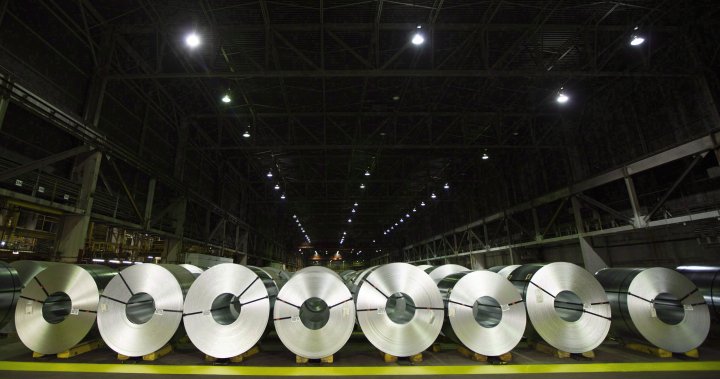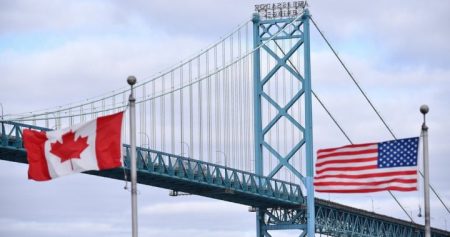Understanding the Impact of U.S. Tariffs on Steel and Aluminum: A Comprehensive Overview
1. Trump’s Tariff Announcement: The Latest in U.S. Trade Policy
In a recent move, President Trump announced the imposition of 25% tariffs on steel and 10% on aluminum from several countries, including Canada. This action marks a continuation of his "America First" policy, aimed at boosting domestic industries. Trump’s decision echoes his 2018 tariffs, which had a significant impact on Canada, a key exporter of these metals. The announcement has sparked discussions on its implications for trade relations and the broader economy.
2. Canada’s Central Role in the U.S. Steel and Aluminum Supply
Canada emerges as a crucial supplier of steel and aluminum to the U.S., with 40% of U.S. steel imports and over half of its aluminum imports coming from Canada. In 2023 alone, Canada exported 566,000 metric tons of steel and 3.2 million tonnes of aluminum, underscoring its vital role. The $20 billion annual trade highlights the economic interdependence between the two nations, with industries on both sides relying heavily on these metals.
3. Broad Impact on Industries Across North America
The tariffs’ effects extend beyond manufacturing, affecting construction, automotive, and even beverage packaging sectors. Steel and aluminum are essential components in building infrastructure and consumer goods, making price increases inevitable. Experts warn that this could hinder U.S. manufacturing growth, as industries may face higher costs and reduced competitiveness.
4. Community-level Ramifications Beyond the Factory Floor
The impact of tariffs isn’t confined to factories; entire communities dependent on these industries face potential hardships. From local restaurants to trucking services, jobs and livelihoods are at risk. Ontario and Quebec, significant producers of steel and aluminum, are particularly vulnerable. The ripple effect could stall investments and job creation, affecting the broader economy.
5. Trump’s Motivations: National Security, Economic Strategy, or Political Maneuvering?
Trump’s reasoning for the tariffs has evolved from national security to economic strategy, with advisor Peter Navarro emphasizing the need to prevent foreign dumping and bolster domestic production. Critics suggest this might be a negotiating tactic, leveraging the tariffs to drive faster policy changes, especially given the slow nature of bureaucratic processes.
6. Canadian Reaction and the Uncertain Road Ahead
Canada’s response has been swift, with Ontario Premier Doug Ford vowing a strong reaction, reflecting concerns over the tariffs’ impact on jobs and the economy. As the situation unfolds, uncertainty lingers about the tariffs’ long-term effects and whether they will achieve their intended goals or lead to unintended consequences. The coming months will be crucial in determining the future of U.S.-Canada trade relations.












